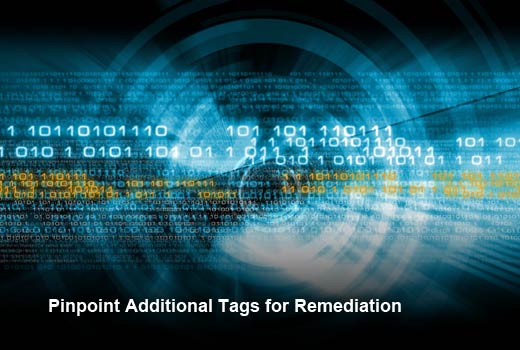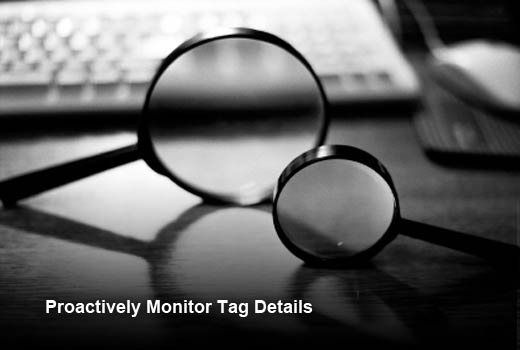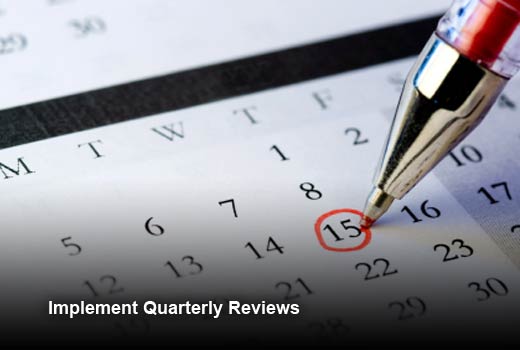Data governance has become increasingly vital to enterprises, especially as data is being collected by a multitude of stakeholders, some even unknown. Preserving the integrity and consistency of your organization’s data is crucial since this information is used to gain business insights. However, establishing a digital governance plan – managing multiple stakeholders, an increasingly complex marketing technology stack, and dealing with a changing regulatory environment – can be a challenge. With the right education and data governance solutions, the job can be made a lot simpler. In this slideshow, Mollie Panzner, SME on Digital Governance & Vendor Analysis at Ghostery, has identified 10 steps organizations can take towards establishing a proper data governance plan.

Developing a Data Governance Plan
Click through for 10 steps organizations can take toward developing a data governance plan, as identified by Mollie Panzner, SME on Digital Governance & Vendor Analysis at Ghostery.

Assign a Digital Governance Owner
The process needs a leader to centralize project management and direct other key departmental stakeholders. This individual will be in charge of task prioritization, tag remediation, defining standards for vendor vetting, implementation, monitoring and removal.

Understand the Landscape
A proper plan starts by performing an audit of your website’s technologies to identify all direct and indirect tags (including redirects). It’s also important to document the tags owners in order to isolate legacy, unknown, and unauthorized vendors, and to identify partners.

Take Advantage of Quick Wins
It’s easy to jump off the deep end and start analyzing each tag – sometimes there are hundreds if your page has been unchecked for a long time. Instead, start first by remediating tags that are considered to be “low hanging fruit,” such as removing expired and unknown tags, and updating protocols and tag implementations.

Make All Stakeholders Aware
Hold meetings with the departmental stakeholders to create the website’s “vendor strategy.” Once agreed upon by all parties, circulate it to provide proper guidance for implementing tags and cost-benefit analysis.

Establish Governance Standards to Follow
To help the process, a set of tag standards in a published governance policy framework is needed. It will define communications workflows, task ownership, approval processes and a required tag implementation questionnaire. Consider additional scrutiny for tags that contain PII.

Keep Detailed Records of Vendors
Make sure to keep documentation of vendor details for all currently implemented technologies (including approved redirects). Key issues to track include details on usage, ownership, categorization, data points collected, technology capabilities, revenue expectations, latency expectations, redirect limits and implementation expirations.

Utilizing the updated vendor strategy and governance standards, identify the tags that are deemed non-compliant due to an analysis of business function, category, performance, risk, footprint, or ROI to remediate.

Update Service Agreements
Make sure all agreements accurately reflect the newly defined vendor expectations, as well as privacy disclosures. Remember that North American and EU compliance regulations may vary, so both need to be considered.

Proactively Monitor Tag Details
Areas to keep an eye on include usage, implementation, and deactivation. It can also be useful to leverage benchmarking, security, and performance KPIs to ensure ongoing optimal governance.

Implement Quarterly Reviews
Quarterly governance-based KPI reviews, ongoing internal education of vendor capabilities, and strategic departmental stakeholder meetings will all ensure that data governance now and in the future remains under control.



















